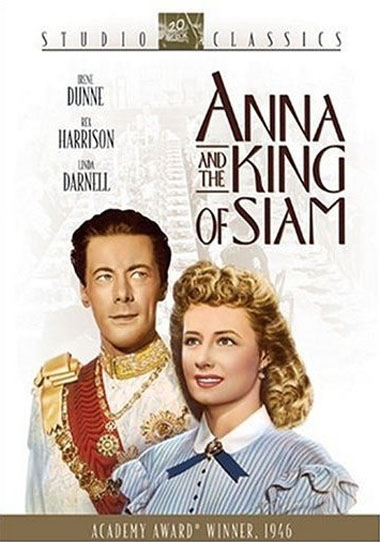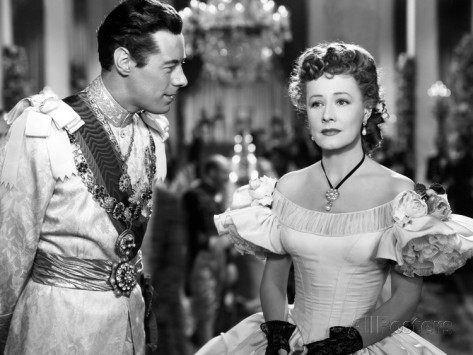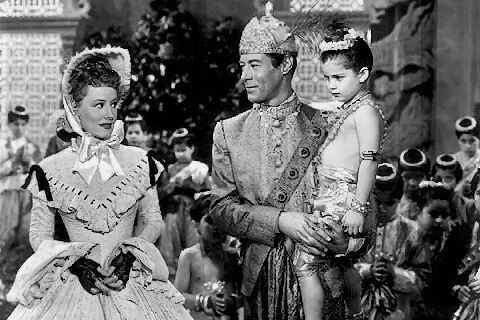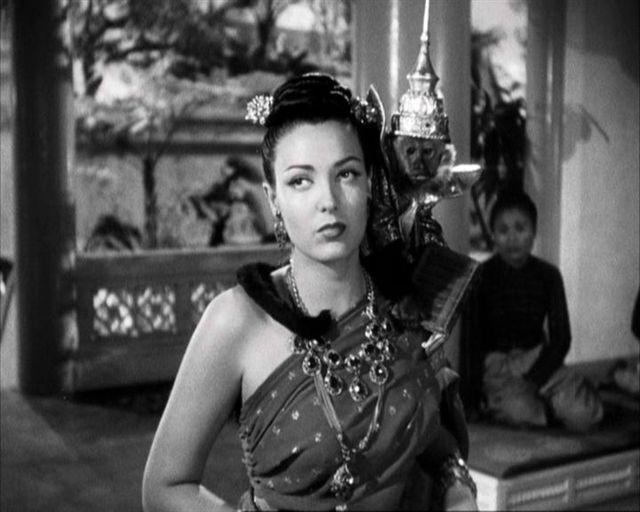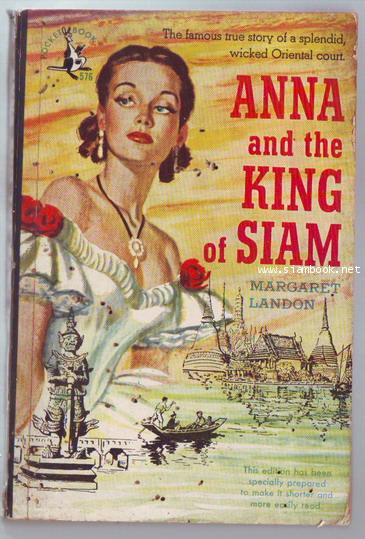Anna and the King
of Siam
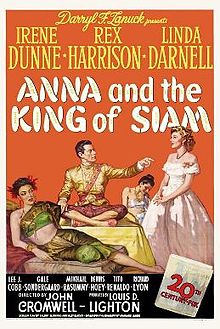
Director: John Cromwell
Year: 1946
Rating: 6.5
This is the first of three films that tells of
the years Anna Leonowens spent at the Court of Siam from 1862 to 1867. The
other two were the musical The King and I with Yul Brynner and Deborah Kerr
(1956) and Anna and the King (1999) with Chow Yun-fat and Jodie Foster (there
was a film of the theatrical Broadway musical as well in 2018). The last
two are banned in Thailand for their portrayal of the King and though perhaps
this one has flown under the radar due to its age, it certainly would be
banned if they do know of it. The King is in general portrayed positively
but also a bit of a popinjay. All three of these productions have star quality
casts; this one with Irene Dunne, Rex Harrison, Linda Darnell, Lee J. Cobb
and Gale Sondergaard.
It is interesting in how much they got right in this film about Thailand
or Siam as it was called back then. The designs are spot on with their recreation
of the palace and the grounds, the costumes, the decor, even a mural that
looks just like ones I have seen in the Grand Palace. The customs and etiquette
as well and even something as simple as someone saying the New Year is coming
and the celebration of Songkran after that which takes place in April. Their
New Year is connected to the rains and is slightly different every year.
They have Cobb as the Prime Minister making a valiant attempt to speak Thai
and unfortunately he does as badly with the tones as I do.
The story is familiar to most people by now I would think and the film follows
the memoir of Leonowens (which a biography was written of that is the official
source) close enough for horse shoes. With two very big exceptions done I
suppose for maudlin purposes. In the film her young son is killed in an accident
- while in reality he left with her when she did and came back years later
to live in Siam and joined their cavalry. And Anna is at the side of the
King when he dies which was not the case. She was on leave in England when
he died and when she heard she never returned. Instead she wrote her memoir
and became quite famous.
The real Anna was a prissy Victorian lady with a face that could crack a
mirror and who disapproved of much of what she saw in Siam - but she had
guts to go there to teach with only her son at her side and hardly a penny
in her pocket. In all the films she is shown to be standing up to the King
at various times on principles - her house that she was promised and the
fate of one of the King's wives (Darnell) and to introduce and influence
him to Western thought. Historians are ambivalent about how much she may
have exaggerated that in her book - but she definitely had influence on the
King's son, who became the next King. He freed the slaves and brought many
reforms to Siam. He stayed in tough with her for years.
This is a big fat drama that is a little over two hours and may test the
patience of some as it takes its time. But three films have been made about
this because it is a great story of West meets East in the ornate, private
world of the Court of Siam when the King was an absolute ruler. And it is
also a story of a woman of no means born in India - who was of racial mix
(though she tried to hide this) - who lost her husband - who was a single
mother - and who made her way though the world in the mid-19th century completely
on her own quite successfully.


